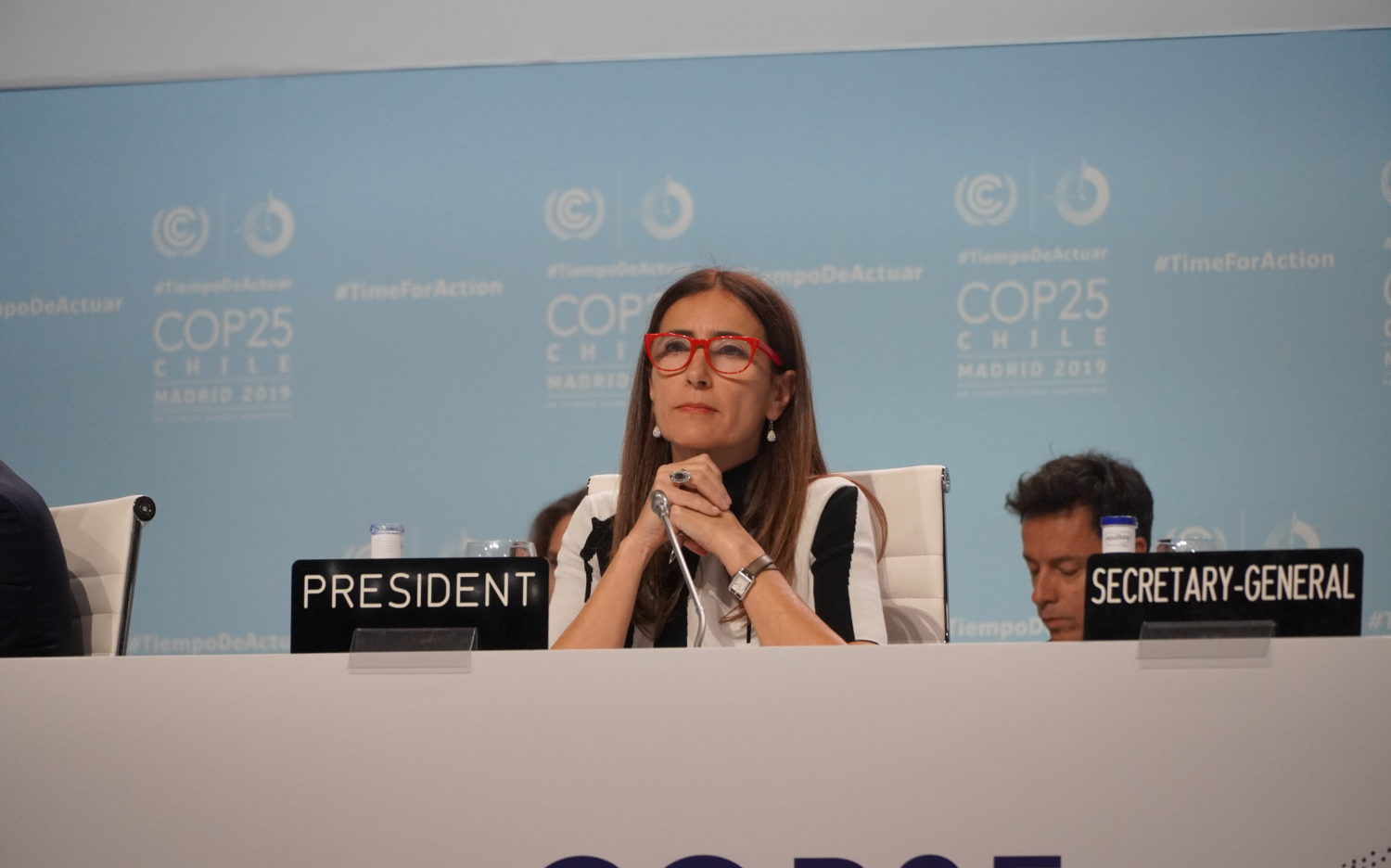The Santiago Network website on addressing loss and damage resulting from climate change impacts was launched on June 8th. The Network will catalyze and channel reliable technical assistance to support efforts to address loss and damage by connecting organizations and experts active in providing such assistance.
The loss and damage mechanism was established at COP19 in Warsaw in 2013 to address loss and damage associated with impacts of climate change, including extreme events and slow onset events in developing countries that are particularly vulnerable to the adverse effects of climate change.
“Many developing countries are facing difficult times due to climate change, with vulnerable communities particularly affected as events such as drought, typhoons and other climate-induced disasters continue across different parts of the world,” said H.E. Carolina Schmidt, Chile’s Minster of Environment and President of COP 25.
The launch of the Santiago Network comes at the time when nations are planning for recovery efforts from COVID-19. Addressing impacts of loss and damage resulting from climate change and other goals under the Paris Agreement, if pursued simultaneously, can help build a more sustainable, resilient world over the long term. To do this, vulnerable developing countries require increased technical assistance that can be accessed rapidly, fits the needs on the ground and is mobilized at a scale that integrates with recovery efforts.
How will the Santiago Network catalyze technical assistance?
Mandated at COP25, the Santiago Network will catalyze access to, and organize the availability of technical assistance by creating synergies and partnerships among governments, UN agencies, multilateral agencies and NGOs, by aligning support needs of countries.
Catalyzing technical assistance though the Santiago Network could take the form of:
- Developing technical approaches to avert, minimize and address loss and damage
- Enabling quick access to planning tools and solutions, including engaging in direct conversations with technical and investment experts
- Organizing exchange of knowledge, practices and approaches between organizations
- Interacting with organizations and encouraging them to take advantage of the network in order to develop transformational programmes and large-scale regional initiatives projects
- Facilitating new partnership arrangements through joint ventures, consortiums and technical corporation
- Convening organizations, bodies, networks and experts to leverage additional resources, and where possible, reduce duplication of efforts.
How to use the website?
The website provides a platform for countries, organizations, networks and experts to interact on technical assistance needs and scope the nature work of required in vulnerable developing countries.
By mobilizing the Santiago Network, the website builds a foundation for countries and organizations to engage, identify and share ways in which organizations can mobilize technical assistance to generate regional, global and transboundary initiatives to avert, minimize and address loss and damage.
You can access the website here.
Outlook of the Santiago Network
H.E. Carolina Schmidt said: “The Network will catalyze and channel reliable technical assistance to support efforts and approaches to address loss and damage, contributing to the Paris Agreement and the 2030 Agenda. More importantly, it is my personal hope that the Santiago Network will spark new partnerships, joint ventures, consortiums and technical corporations, and we have requested the secretariat to proceed along these principles.”
These are very early stages of establishing the Santiago Network. Many of the functions of the Network and the website will be gradually developed over time to better align with the technical assistance needs of countries. The initial web-based platform provides a space to begin channeling reliable and effective assistance quickly into strategic and high-quality operations, medium- to long-term investments, humanitarian services and immediate technical needs.

